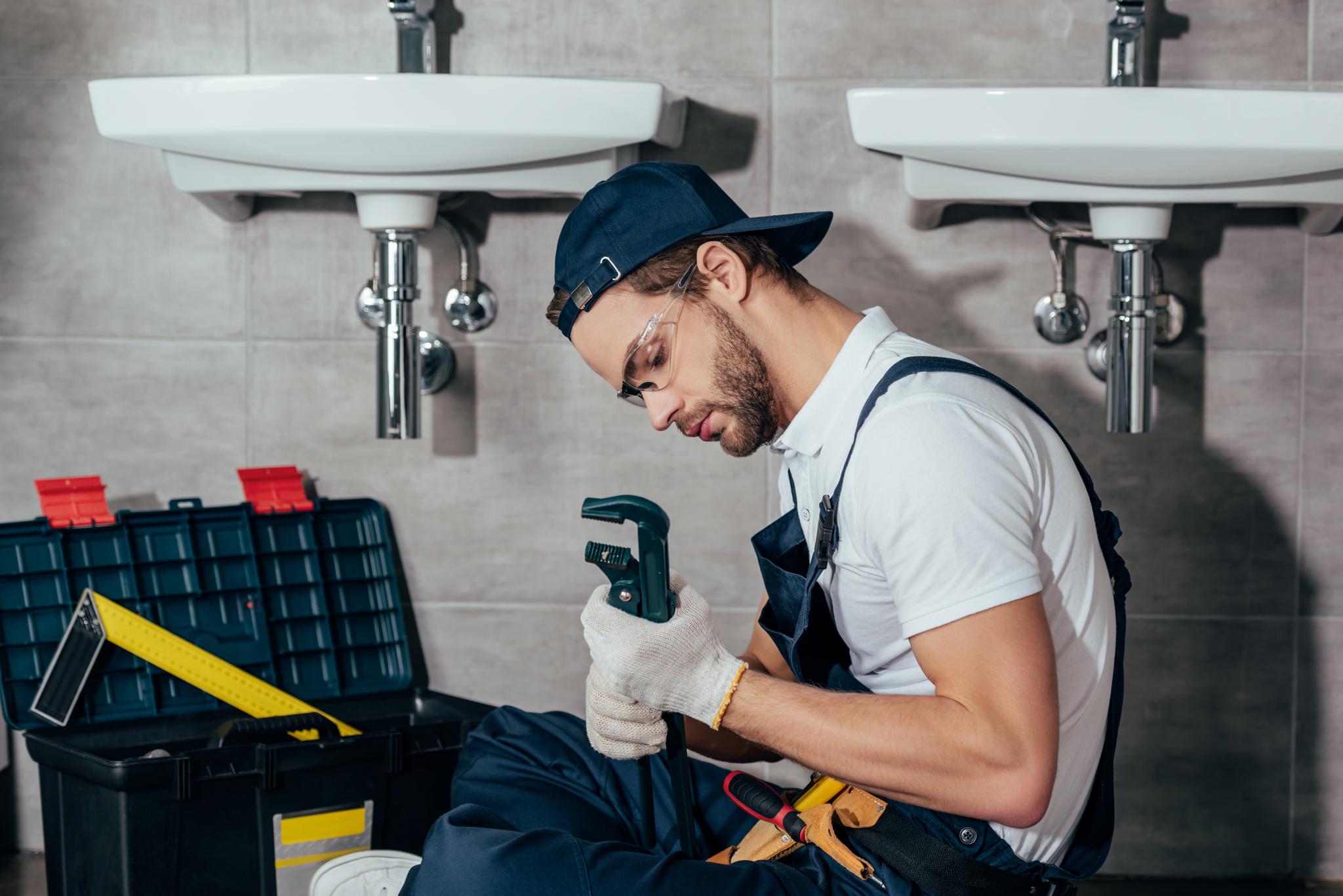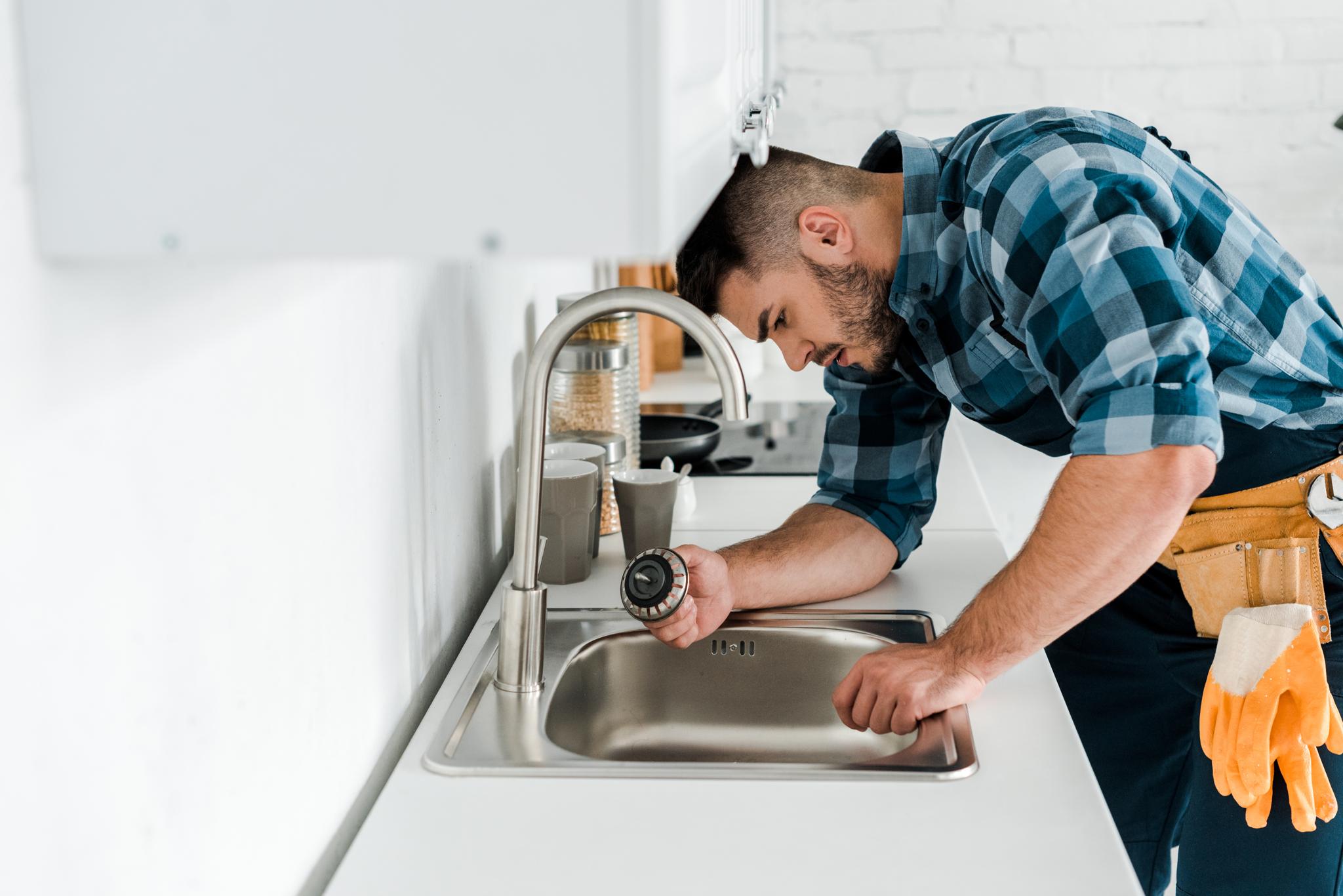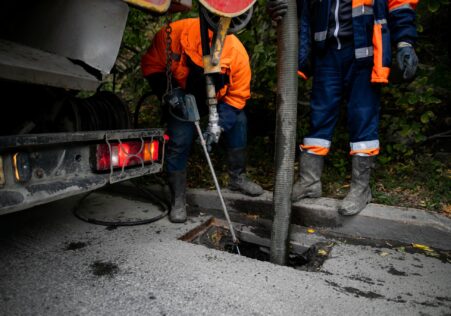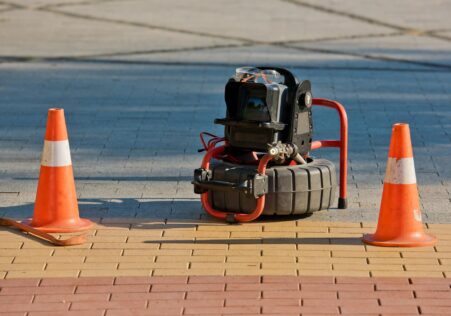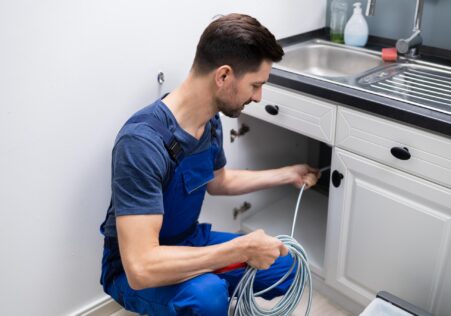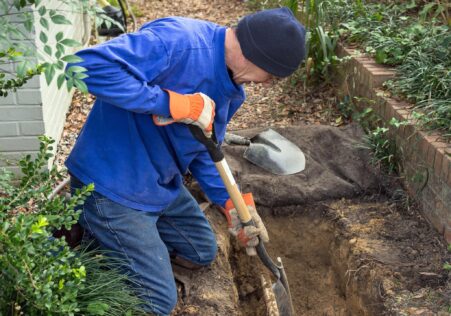Understanding the Differences Between Pipe Relining and Pipe Replacement
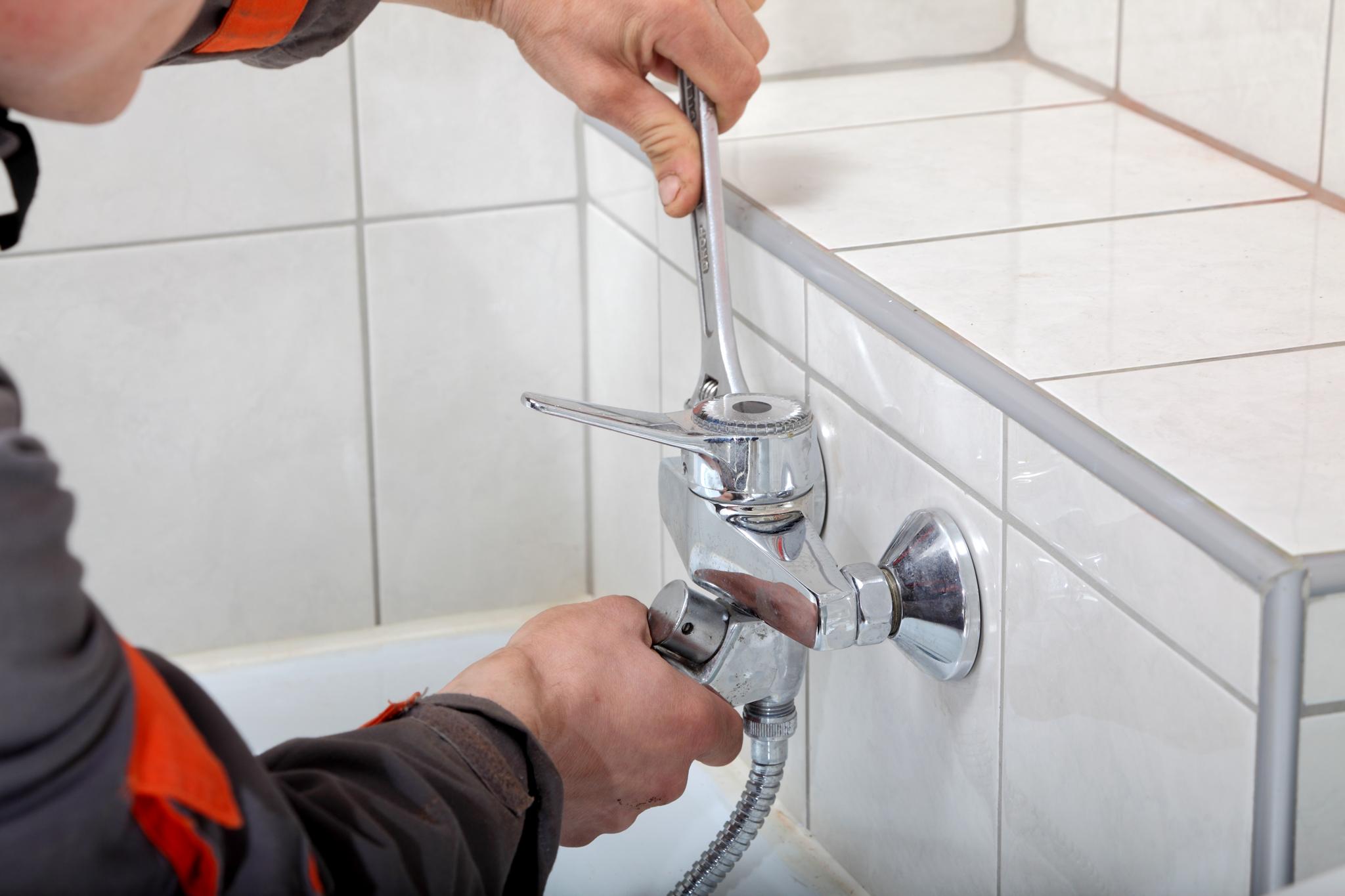
In the case of fixing damaged pipes methods are pipe relining and replacement of pipes. Both approaches aim to restore the functionality of your pipelines, but there are distinct differences must be aware of.
Key Takeaways
- Pipe relining is an economical and speedy method to repair damaged pipelines.
- The lining of CIPP is utilized in the relining of pipes.
- Epoxy resin is utilized to line the inner portions of the pipe. It sets to create a brand new inner lining inside the pipeline.
- Pipe relining is time-efficient, economical, and can last up to 50 years.
- Traditional pipe replacement involves digging up sections of land where pipes are located.
- Replacement of pipes may be required for pipes that are badly damaged.
- A new pipeline installed through the replacement of a pipe has a long time span (75 or 100 years).
- Replacement of pipes is expensive and laborious.
- The decision between pipe relining or pipe replacement will depend on the severity of damage that has been caused.
In this article, we’ll talk about pipe relining in comparison to. pipe replacement. Find out which option will meet your requirements better.
How do you define Pipe Relining?
Pipe relining, also known as Cured-In-Place pipe (CIPP) lining is a state-of-the-art repair process which offers a low-cost and rapid solution for the repair of damaged pipelines.
Here’s how it will work:
- Technicians clean the pipeline by using high-pressure water jetting or mechanical cleaning.
- Then, they place epoxy resin made from fiberglass or polyester liner in the existing pipeline.
- The liner cures and forms a new liner within the old pipeline that’s as robust as a new one.
Pros of Pipe Relining
- Time-efficient – It typically takes only 2 to 3 hours to complete the whole process, as opposed to digging for days for traditional methods of replacing pipes.
- Cost-effective - Because no excavation or removal is needed in the pipe relining process, it can save almost half of the amount you pay for traditional repairs.
- Durability – The lining formed by pipe relining can last up to 50 years!
The cons of Pipe Relining
- Not recommended for extremely damaged pipes - If you have significant damage like collapses, cracks, or joints that are not aligned correctly in your sewer line, then pipe relining is not a possibility.
What exactly is Pipe Replacement?
Pipe replacement involves digging up portions of the yard/sidewalk/driveway where underground pipes are located. These sections may include broken pipes, or very corroded ones either from age or neglect.
The following steps make up the majority of traditional pipe replacements:
- An excavation team digs up access to the deteriorated underground pipe.
- The old pipeline has been removed and dug up, generating a lot of debris that requires disposing of.
- Then, they install a new pipeline in place of the one they had previously installed.
Benefits of Pipe Replacement
- Ideal for pipes that have been severely damaged - When you need to replace pipes that have significant corrosion or damage, pipe replacement is the best option.
- Long lifespan – The new pipeline that is installed by pipe replacement has a long life (75 to 100 years) which makes it a great choice for homeowners in search of an option that is long-lasting.
Cons of Pipe Replacement
- Costly – Excavation work requred for pipe replacement can be time-consuming and expensive.
- The process is time-consuming. Traditional pipe replacements could take several weeks, based on the scope of work and the extent of excavation required.
Which option should you pick?
The decision to choose between the option of relining or replacing your pipes mostly depends on the level of damage caused. If your pipes suffer minor issues like cracks, or leaks of a minor size, replacing them is likely to be a more appropriate choice since it’s less expensive and faster than traditional pipe replacements.
If there are major damage, such as collapses or broken pipes and breaks, you must consider replacing the pipe with a traditional method, even though it will cost more and may take longer.
| Pipe Relining | Pipe Replacement | |
|---|---|---|
| Procedure | CIPP lining using epoxy resin | Excavating and replacing the old pipeline |
| Pros | Time-efficient- 2 to 3 hours to complete | Suitable for severely damaged pipes |
| Cost-effective – Almost half of traditional costs. | New pipeline lasts for 75 to 100 years | |
| Durable – Lasts up to 50 years | ||
| Cons | Not suitable for severely damaged pipes | Costly |
| Time-consuming | ||
| When to choose | Minor damages like cracks or minor leaks | Severe damages like collapses or breaks |
Frequently Asked Questions
What is pipe relining?
Relining pipes is a procedure that creates a brand new pipe inside an existing damaged pipe. It is accomplished by inserting a liner that is flexible into the pipe that was damaged and the process of curing it. Once cured, the new pipe is free of joints or seams, which increases its structural integrity.
What does traditional pipe replacement differ from pipe relining?
Traditional replacement of pipes involves physically taking away old pipes, and then replacing them with brand new ones. The alternative, pipe relining doesn’t require excavation. Instead, it’s completed by utilizing technology that allows pipe repair without digging up large areas of land.
Which one is less expensive - pipe relining or traditional replacement?
Relining pipelines typically costs less than traditional methods of pipeline repair as there is no cost related to excavation or other methods required for the removal and replacement of old pipes.
Can all kinds of pipes be reflined?
Not all types of pipes are relined effectively. The plumber must examine the situation to determine if it is feasible to line your particular type of pipes. However, the majority of contemporary pipes are relined by this method.
How long does the pipe relining process take?
The precise time needed for the process is dependent on various factors such as location, environment and the type of damage. However the average pipe Relining task usually takes between 2 and 3 days depending on how many meters require lining..
If you are looking to stay clear of invasive excavation work and save money while restoring your damaged pipelines’ functionality take a look at our Perth Blocked Drains Plumber ‘s quick and efficient pipe relining services. Get in touch with us!
Additional Information
- Top Reasons to Choose Pipe Relining for Your Residential or Commercial Property
- Keeping Costly Drain Repairs at Bay with Routine Inspections
- How to Choose between Different Types of Pipe Relining Materials (And Which One Is Right for You)
- Tips for Recognize if Your Pipes Need Repairing
- Say Goodbye to Messy Plumbing Repairs with Trenchless Pipe Relining
- Reasonably Priced Pipe Relining: The Perfect Answer for Your Sewer Troubles
- Green Sewer Maintenance: Benefits of Relining
- How to Tell You Need Drain Clearing Services for Your Business
- Don't Let These Common Mistakes Clog Your Pipes
- How CCTV Drain Inspection Saves You Time and Money in the Long Run


